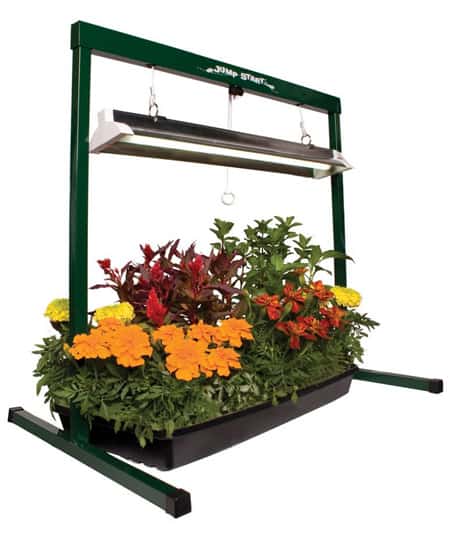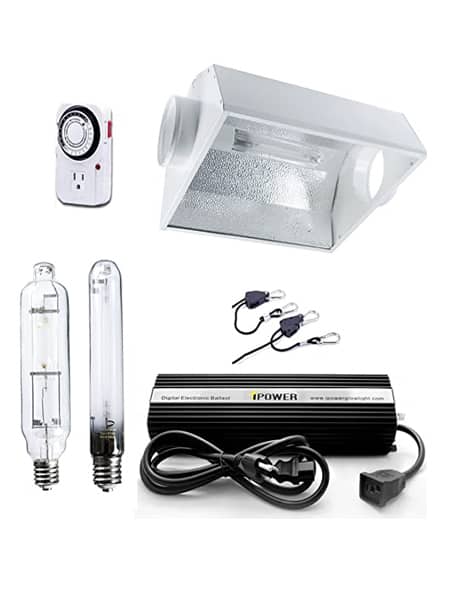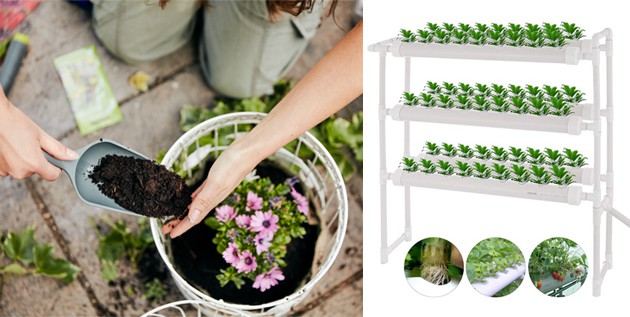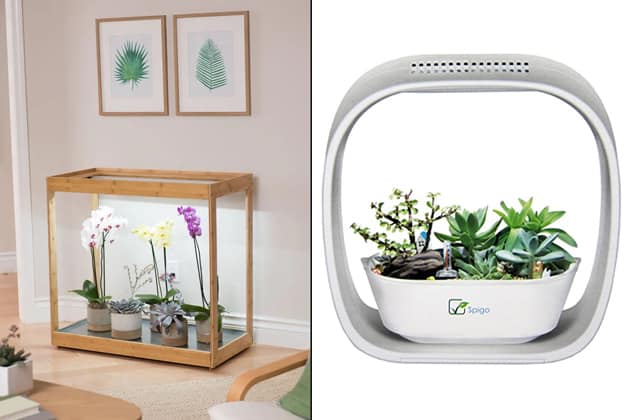I’ve spent my time being sheltered-at-home browsing great design, catching up on reading, and thinking about how I want to change my interiors. I started researching indoor gardens and discovered a treasure trove of possibilities. There is so much we can do to create greenery inside our home — from herbs and decorative plants to vegetables and flowers. Here is the basics of indoor gardening.
Space

The first decision one has to make when planning an indoor garden is where to place the garden? An indoor garden can be small or large, depending on your home and how much space you have. Even small spaces like a windowsill can be used for your garden. Think shelves on walls for a vertical garden or just an entire wall garden with beautiful plants and flowers.
TIP: If you’re using planters on the floor of your home, linoleum is a durable option to place under them as it can catch any water that drips from the plant without ruining your flooring.
Light

Light is an important consideration for your indoor garden as plants use light to photosynthesize. If you live in a home with abundant natural light, try to place your garden in an area that receives the most sunlight. If there isn’t adequate sunlight, consider growing lights. What type of light you need will depend on what kind of plants you’re growing. For example, vines or dracaenas need low light to grow, but if you’re planting vegetables like tomatoes, you will need a higher light intensity.
TIP: Always research before buying. When you choose plants for your indoor garden, check in advance what kind of light they need to grow. There are three ways in which light affects plants. First is intensity: the amount of light that reaches the plant surface at a given distance from the light source. Second is color: most plants use the blue (cool) and red (warm) ends of the spectrum. Blue stimulates vegetative growth (foliage and roots), and red light stimulates plants to produce flowers and fruit. The third is duration: The amount of time a plant needs to be in the light. Listed below are the three most common types of grow lights:
1. LEDs
LED lights produce more light than heat and are suitable for indoor plants. They can be tailored to provide a specific intensity of light as per the requirements of specific plants. Some even come equipped with smart technology so you can sync them to your smartphone. Here are some recommendations for LEDs.

2. Fluorescent lights
They’re best for growing low to medium light requirement plants. These long, tube-like bulbs come in a range of sizes, including T5, T8, and T12. The narrower the bulb, the more efficient and brighter it is, due to the smaller surface area. If you have plants that flower or bud, then opt for the compact fluorescent systems that are brighter than standard fluorescent lights.

3. High Intensity Discharge (HIDs)
These are the brightest lights available and are ideal for large indoor gardens or big plants.

Tip: In addition to LEDs, fluorescent, and HID bulbs, you will also need a reflector cord, ballast, and various parts. I would recommend buying a ready-made system that only needs plugging in.
Temperature and Humidity
Most indoor plants grow well at temperatures of 60 - 75 °F. Anything above this will be too hot for the plants and weaken the growth. If you have plants that need a higher temperature range like 75 °F, improve the humidity levels by spray misting the leaves. Or, you can even use humidity trays for such plants.
TIP: It might be hard to keep track of the temperature indoors yourself, so get a little help. Try the Titan Controls Zephyr 1 — Day and Night Thermostat Controller.
Soil vs Hydroponics

There are two approaches to growing an indoor garden. You can choose the more traditional method of using soil or try more modern hydroponics, a method of growing plants without soil.
If you decide to go the soil route, there are several options to choose from. It’s advisable to use soil that is suited for the types of plants you want to grow. This article (Best Potting Soil for Every Type of Plant) in New York Magazine offers useful information on how to choose soil for gardening.
If you live in an apartment, consider using the hydroponics method of growing plants as it doesn’t require too much space. Hydroponic systems are compact and include everything you need to grow plants.
Water
Using water that is room temperature is ideal for indoor plants. Make sure that you add enough water so that even the bottom layer of the soil is hydrated.
TIP: You can use your finger to gauge how moist the soil is, or you can even use a moisture meter that will help you avoid over or underwatering your plants.
Resources
Here are some useful resources that I found when I did my research:
1. From vegetables and fruits to flowers and spices, Harris Seeds is a great place to source seeds for your indoor garden.
2. Walmart has a wide range of soils and fertilizers, as well as ready-to-use potting mixes. You can order online and have them load it to your trunk with curbside pickup.
3. For planters, trays, grow light lights, hydroponic systems, thermostats, and accessories — all in a one-stop-shop, try browsing through AeroGarden.
I hope the information on this blog inspires you to start an indoor garden. I’ve loved researching and starting my garden at home.♥



